The Complete Tire Buying Guide - Buy the Right Tires for Your Car
Imagine yourself driving on a hot summer day in Dubai. You are going down the Sheikh Zahid Road, and suddenly you hear a ‘pop' sound, and you lose control of your vehicle. You bring the car to a stop and get out to find out what has happened. You realize that one of your tyres has burst. Many drivers in the UAE experiences this situation.
For many, such an experience has led to severe injury or death. Unfortunately, people are driving worn out, low quality or non-recommended tyres on their vehicles. It not only affects the performance of the car but endangers their lives along with the lives of other people on the road.
People are unaware of the proper process of how to buy tyres . They think that buying tyres is the same as buying a new car. While buying tyres is easy, buying the right set which meets the requirements of your car is something which many people fail at.
Very often car owners tend to purchase from the top 10 tyre brands or just act on the advice of their friends and family. What they do not understand is that buying tyres of a reputable company are alone not enough to guarantee safety or performance.
Many individuals, organizations and car experts have come up with their tyre buying guides. Tyre buying guides in the UAE have become famous as car owners have started to seek professional guide while buying their tyres.
It is not only a positive step but also crucial in terms of car safety and performance. This article will act as a comprehensive tyre buying guide, with a specific focus on people seeking tyre buying guides in Dubai and UAE. Before going on to buy new tyres, car owners need to decide whether they genuinely need them.
Do You Need New Tyres?
The following factors need to be analyzed when deciding new tyres are required or not.
- Tread depth– The Gulf Standardization Organization has put a limit on tyre treads beyond which they must be replaced. The limit is 1.6 mm beyond which a replacement is necessary. However, car manufacturers insist on replacing them at 3 mm.
- Sidewall cracks – Sidewall cracks are a cause for concern if the crack is deep. However, surface cracks are normal, and one should not immediately seek to replace the tyres if surface cracks appear. Check for cuts or deformations in the sidewalls. If you see any grooves, your tyre could be on the verge of a leak.
- Bulges or Blisters – Bulges and blisters are signs that the outer surface of the tyre is weakening. They can lead to tyre bursts and must be kept an eye on.
- Vibration – A car vibrates for different reasons. One of those reasons is tyres. If you experience vibration, inspect it for any flat surfaces. If it has a flat spot on any part, it is time to seek a replacement.
Similarly, while running your hand along the tyre, you feel an uneven surface, like a wave and then a flat surface, it is suffering from cupping. Change it immediately if cupping issues are found.
Tyre Classification
Once it has been determined that a new set of tyres is required, the next step in the tyre buying guide is to analyse which type is needed. There are different types in the market, and the classification is made on a different basis including material, construction, application and pattern design. Most drivers are concerned with them, and that is what will be elaborated on further.
Based on their application, tyres include:
- All Season: These are also known as multiple season tires, and combine the features of both, summer and winter, tyres. The idea behind them is that it is illogical to have separate tyres for winters and summers. It is for drivers who opt for greater treadwear.
- All Season Performance: These are designed specifically for enthusiasts who enjoy speed driving. They have better handling than all-season tyres, higher speed rating and responsive braking.
- Ultra-High-Performance (UHP): These are fitted onto high-end luxury cars and sports cars. They provide increased performance, higher speed and better steering. There are two categories within this type: all-season and summer ultra-high-performance.
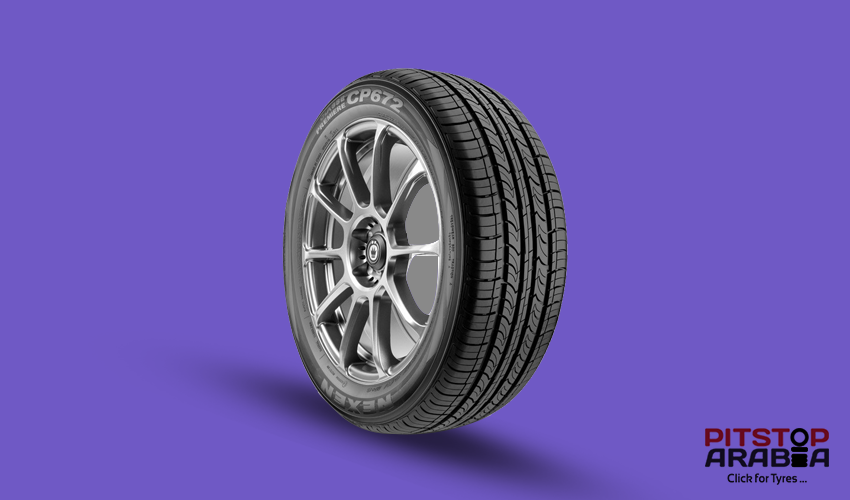
All season UHP are designed to give steering and handling boost in wet and dry conditions alike. However, the downside is that they have low treadwear. The downside to summer UHP is that they do not perform well in cold or wet conditions.>
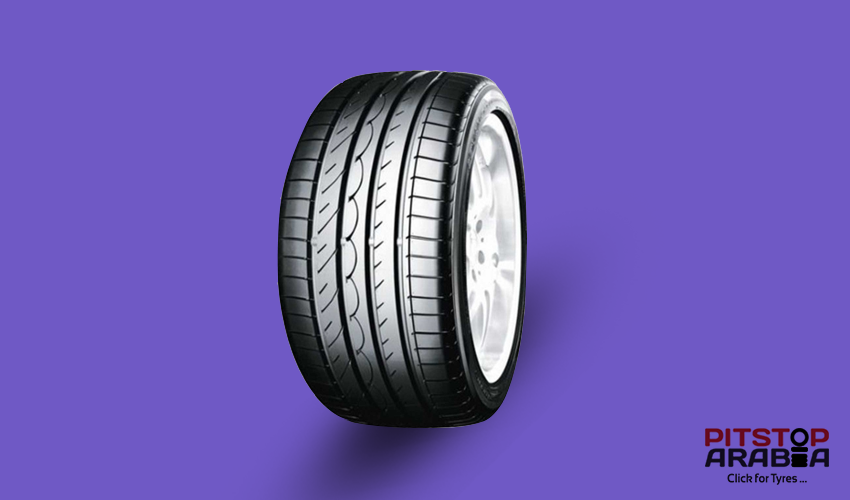
- Winter: These are designed for areas with low temperatures and those which experience snow. They have larger gaps than summer tyres and provide better traction on wet and snowy conditions.
- Summer: As the name suggests are manufactured to perform in a warmer climate. As compared to winter tyres, summer tyres are explicitly designed to offer increased braking performance and cornering.
These are made soft through a soft rubber compound allowing them to maintain a firm grip on the road. The braking and cornering ability are improved as a result of fewer grooves in the tire tread. It means that the contact between the road and the tire is more significant than others.
- Off-road: These are designed for enthusiasts who like to drive on sandy, muddy or wet surfaces. They contain wider grooves which help in gripping in loose surfaces. Using them on roads or for routine use will affect fuel consumption and decrease the speed of the car. Therefore, they should only be used for off-road purposes.
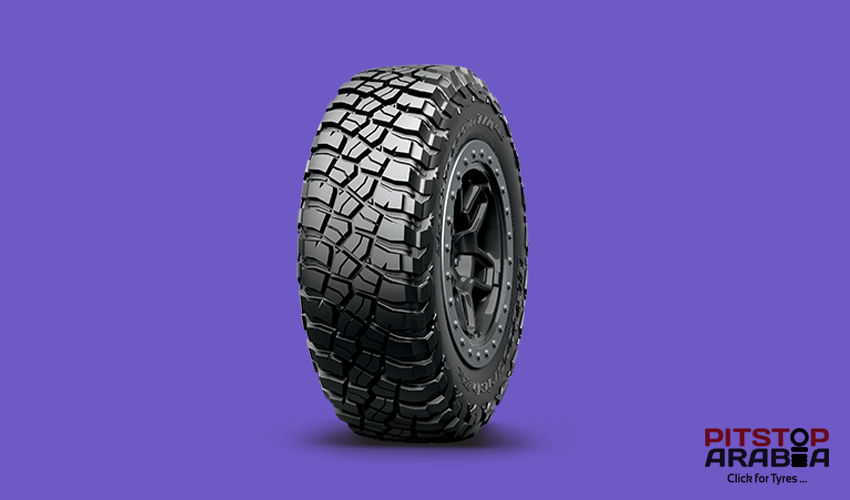
- Off-road: 4x4: These are much different from standard tyres. A close look at them will reveal that the fundamental design is different. The tread is deeper, and there is a more significant gap between the treads. It is so that the tire remains in contact with the surface in off-road conditions and provides increased traction.
They have been created for off-road activities including driving on grass, mud or dirt. Unfortunately, they are costlier and tend to wear down quicker. The quicker wearing down is due to the increased rolling resistance. Due to this, more friction is applied; therefore, they wear out quicker. Fuel consumption also increases because of the increased traction.
The Next Step?
The next step in the tire buying guide is to analyze your requirements in further detail. It involves getting to know the numbers and letters that are imprinted on the tire. Many people are unaware of what these numbers and letters represent. However, if you are looking to get the maximum out of your vehicle and want a safe driving experience, it is critical to know about them.
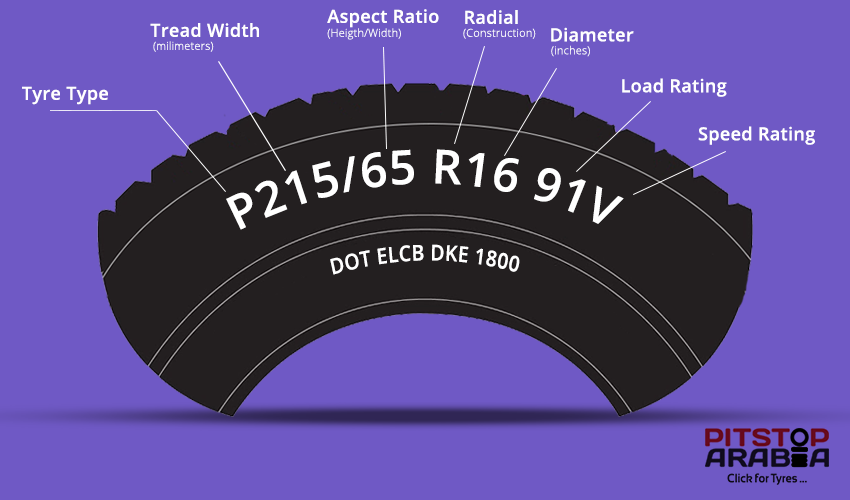
Tyre Size
Once you locate the numbers and letters on your tire, you will get to know what the tyre size for your car is. For people, looking at the tyre from this perspective for the first time, there will be something written as P215/65 R16 91V. This represents your tire size and should serve as a benchmark when buying new tyres. The letter ‘P' at the starting indicates that the tyre has been designed explicitly for use in passenger vehicles.>
The number ‘215’ indicates the width of the tyre, from sidewall to sidewall. The width is measured in mm. The number ‘65’ indicates the aspect ratio, i.e. the height of the tire to the width of the tire.
Therefore, ‘65’ indicates that the height of the tyre is 65% of the width. The next letter is ‘R’ which indicates the construction of the tyre. In this case, ‘R’ means radial which indicates that the lines run radially across the tyre. Today most of the tyres are radial. The number ‘16’ indicates the rim diameter. It shows that the tire is compatible with wheels that have a diameter of 16 inches.
Load Limit
The number ‘91' represents the load index of the tyre. The load index is the capacity of the tyre to bear weight. In this case, ‘91’ shows it has a carrying capacity of 615 kg. The following table gives an idea about the load index and the associated carrying capacity.
| Load Index | Pounds | Kilograms |
|---|---|---|
| 60 | 552 | 250 |
| 61 | 567 | 257 |
| 62 | 585 | 265 |
| 63 | 600 | 272 |
| 64 | 618 | 280 |
| 65 | 640 | 290 |
| 66 | 662 | 300 |
| 67 | 677 | 307 |
| 68 | 695 | 315 |
| 69 | 717 | 325 |
| 70 | 739 | 335 |
| 71 | 761 | 345 |
| 72 | 783 | 355 |
| Load Index | Pounds | Kilograms |
|---|---|---|
| 73 | 805 | 365 |
| 74 | 827 | 375 |
| 75 | 853 | 387 |
| 76 | 882 | 400 |
| 77 | 908 | 412 |
| 78 | 937 | 425 |
| 79 | 963 | 437 |
| 80 | 992 | 450 |
| 81 | 1,019 | 462 |
| 82 | 1,047 | 475 |
| 83 | 1,074 | 487 |
| 84 | 1,102 | 500 |
| 85 | 1,135 | 515 |
| Load Index | Pounds | Kilograms |
|---|---|---|
| 86 | 1,168 | 530 |
| 87 | 1,201 | 545 |
| 88 | 1,235 | 560 |
| 89 | 1,279 | 580 |
| 90 | 1,323 | 600 |
| 91 | 1,356 | 615 |
| 92 | 1,389 | 630 |
| 93 | 1,433 | 650 |
| 94 | 1,477 | 670 |
| 95 | 1,521 | 690 |
| 96 | 1,565 | 710 |
| 97 | 1,653 | 730 |
| 98 | 1,709 | 750 |
| 100 | 1,764 | 800 |
*The above table does not give a complete list of the symbols.
Tyre Speed Limit
The highest speed that a given tyre is legally permitted for is indicated by its tyre speed rating. This measurement guarantees that the tyre you buy is suitable for the speed of the vehicle it is mounted on and is safe to do so. You can find the speed rating on the tyre's sidewall. The speed rating is denoted by a letter, with A denoting the slowest speed and Y denoting the fastest.
| Symbol | Speed (km/h) |
|---|---|
| M | 130 |
| N | 140 |
| P | 150 |
| Q | 160 |
| R | 170 |
| S | 180 |
| Symbol | Speed (km/h) |
|---|---|
| U | 200 |
| H | 210 |
| V | 240 |
| W | 270 |
| Y | 300 |
| ZR | 300+ |
What do the Other Letters and Symbols Mean?
A tire buying guide is incomplete without mentioning what the remaining letters and symbols indicate on the tire. You might have seen “Treadwear 200 Traction AA Temperature A” written on the sidewall. What do they mean?
Treadwear
A treadwear 200 means that the tire will last twice as long as a tyre with treadwear 100.
Traction
There are different traction grades. AA is the highest rating. The second-best rating is A, then B. ‘C’ has the lowest traction performance.
Temperature
‘A’ is the highest temperature grade, while ‘C’ is the lowest. The temperature grade refers to the tyre’s ability to handle the heat. Excessive heat can lead to sudden tire burst. The Emirates Standardisation and Metrology Authority (ESMA) has ruled that tires in UAE must be able to withstand temperatures of 50 degrees Celsius.
Date of Manufacture
‘There is a phrase written DOT succeeded by four numbers. DOT stands for Department of Transportation and the figures represent the date and year of manufacture of the tyre along with the place of production. So, if the numbers are 2218, it means that the tyre is manufactured in the 22nd week of 2018.
In Dubai, many people have fallen to the scam of buying old tyres, and thus failing the Roads and Transport Authority (RTA) vehicle registration renewal test. RTA has stated that tyres with the manufacturing date of more than 150 days old should not be bought.



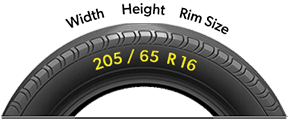





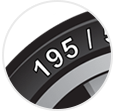

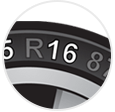

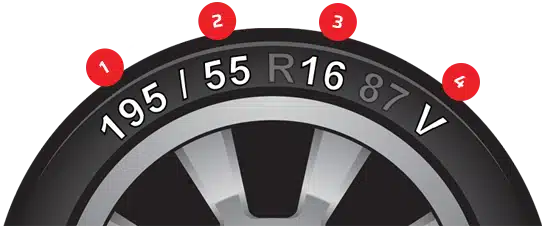
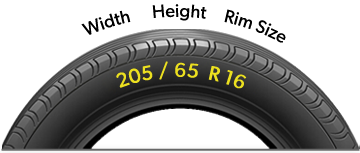


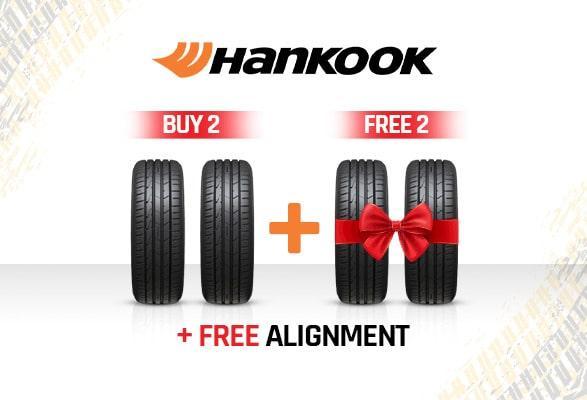
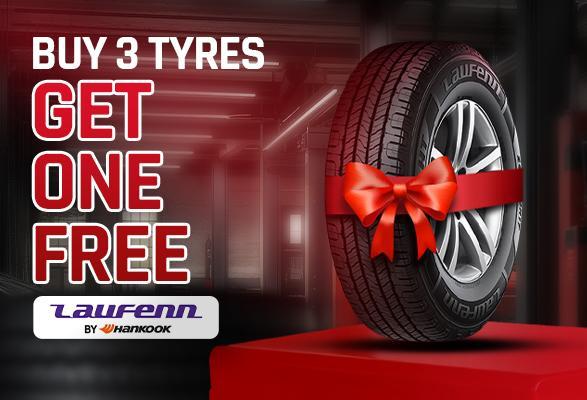
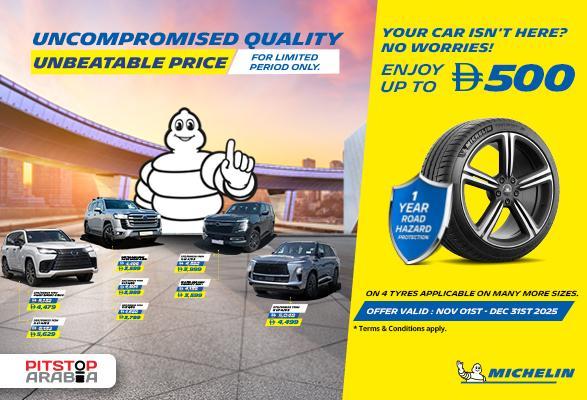
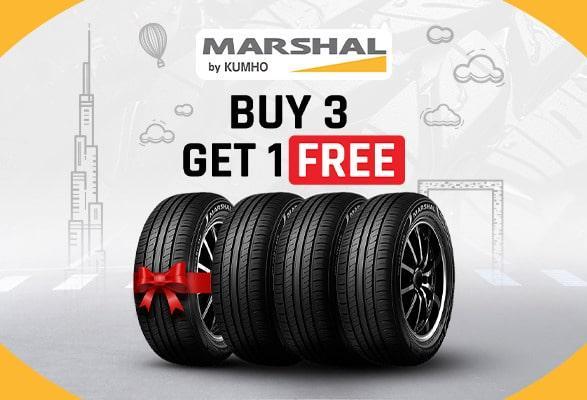
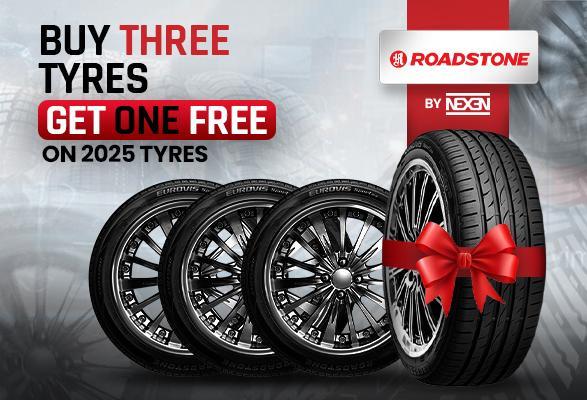
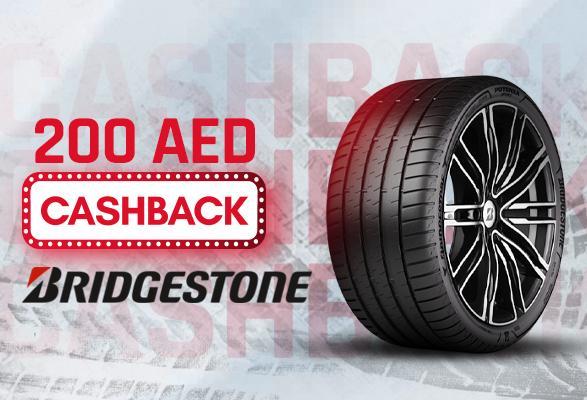
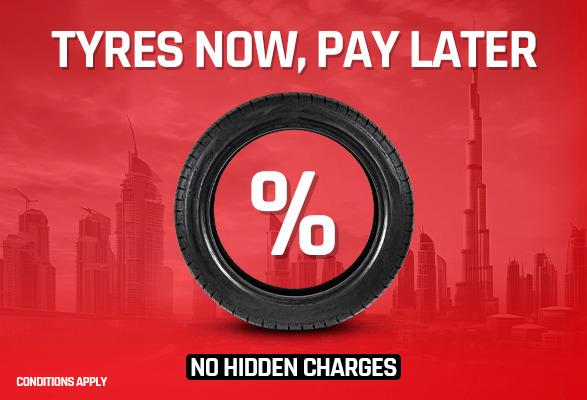
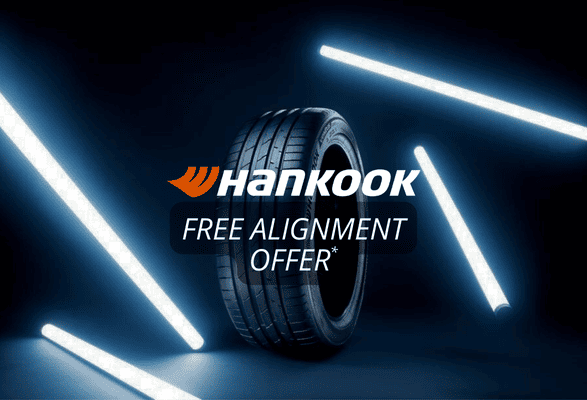
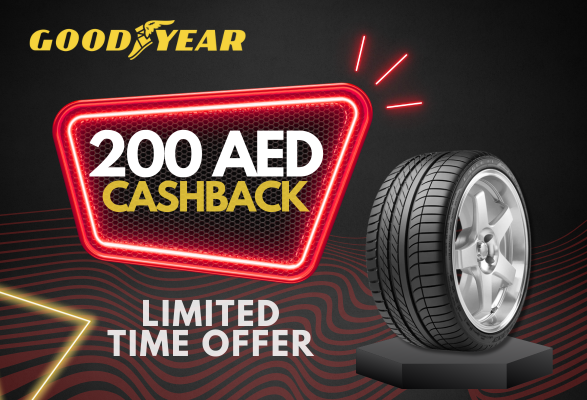
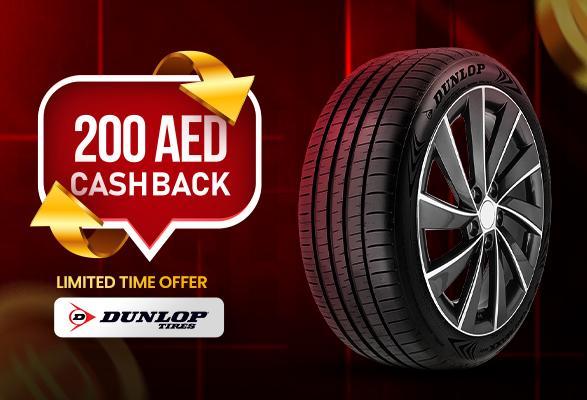
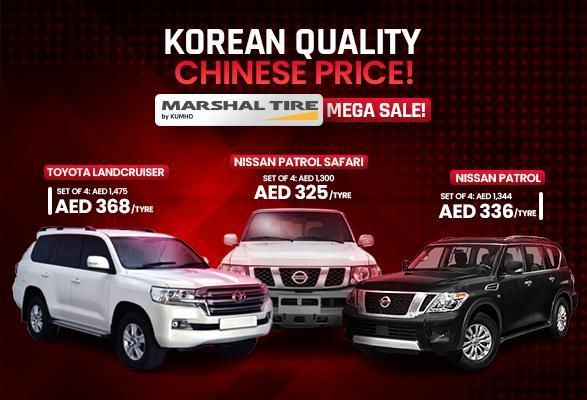
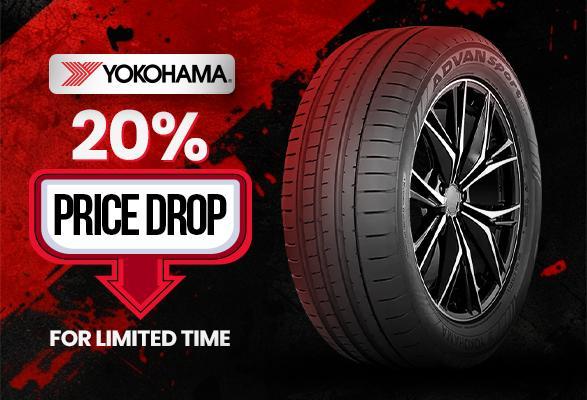
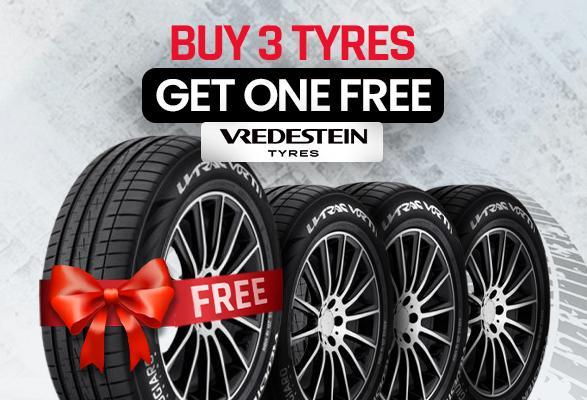
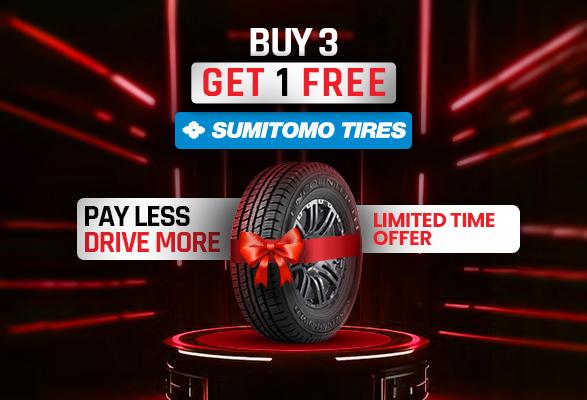
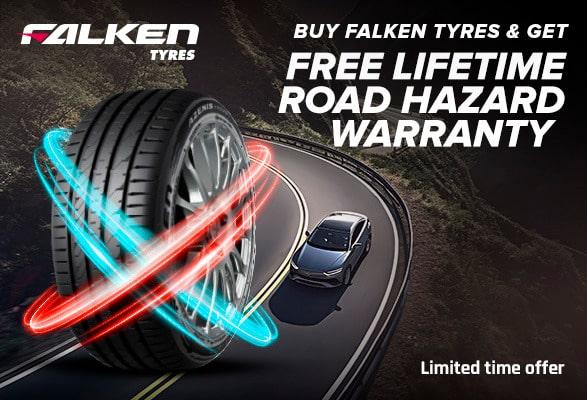
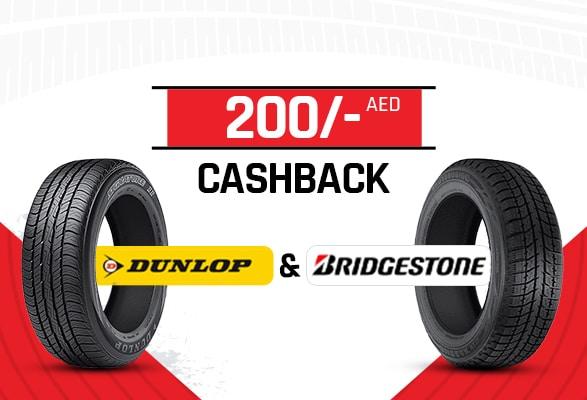
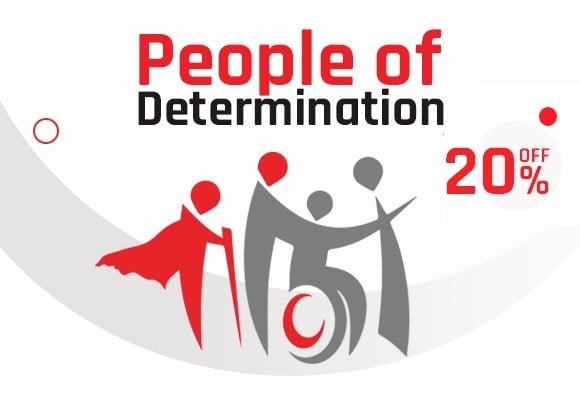
























If you are looking to buy tyres from the local dealer shop or you prefer to buy tyres online, make sure you have consulted a tyre buying guide. Proper planning can save you countless headaches and from serious injury.
For people looking to buy them in Dubai and the rest of the UAE, the tyre buying guide is a must read as the hot summer months are around the corner. The summer heat will put an extra burden on them, so make sure you give them a proper check before driving.